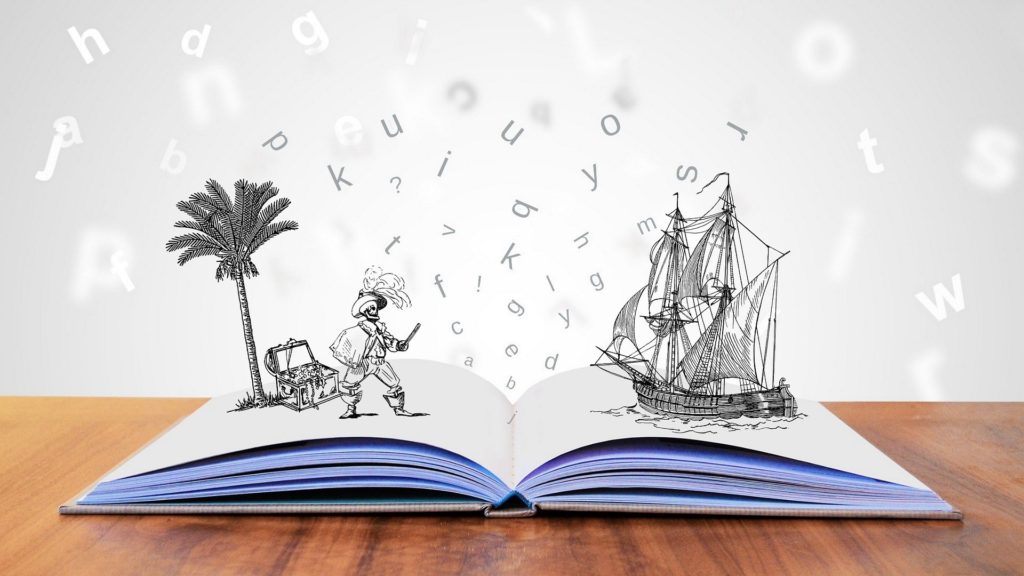Description: Private Tutor Alice explains how learning the structural techniques of creative writing can enable you to write more freely, fully harnessing your imagination.
As part of the English Language GCSE Paper 1, you will be given a picture and you will be asked to write a story or a description of that picture. This may seem daunting at first, but this is a unique opportunity to demonstrate your creativity and ingenuity to the examiner.
Combine Clarity with Creativity
One key piece of advice that I give to my tutees is to plan the structure of your creative writing. When someone thinks of ‘creative writing’, you may not think that planning would be necessary. However, the examiners look for well-structured answers and a clear progression of ideas, so a plan is a great way to enable you to reach those top marks.
Your plan doesn’t need to have all the details about the devices and metaphors you want to use, but setting a basic structure of what you want to say in your piece will help you to have a clear voice and direction when you come to write it. If you’ve chosen to write a story for your question, ensure you have a clear beginning, middle, and end too!
Focus on Engagement
It’s important to ensure you engage your reader from the offset, so you’ll want to start by choosing a captivating narrative to immerse your reader into your description/story. This could be through narratives such as epistolary narratives or first-person narratives, however, one way to guarantee to engage your audience is with direct address. If you directly address the reader in your writing, they will automatically feel more engrossed in your piece, as it makes them feel like they are becoming a part of your story/description.
Lots of students struggle with how to revise for this section of the exam. A great place to start with revising for descriptive writing is by creating a literary device toolkit. You could set this up as a table with four columns:
- Literary Device
- Definition
- Example
- Why is this device used?
Take a look at my example below:

Once completed, this toolkit will serve as a brilliant revision resource. It will work for both the English Language paper and the English Literature GCSE paper too! There’s also a variety of ways you can practice your creative writing skills even in your own home. Take a look out your window and pick something in your garden you want to describe. It could be your dog, a tree or even the clouds!
Think about sensory imagery and consider this with your chosen object. You could consider:
- what does it look like?
- what does it smell like?
- what does it feel like to touch?
- what can I hear?
- what does it taste like?
When you use all the senses in your writing it automatically engages readers through the imagery. Writing becomes more relatable to a reader when it feels like they’re actually there with you. Don’t forget to use all the wonderful literary devices you have in your toolkit too!
The most important thing to do when you’re writing a piece of descriptive writing is to have fun! This is your opportunity to express yourself and your creativity!
Interested in working with a 1 to 1 tutor? Contact us.




